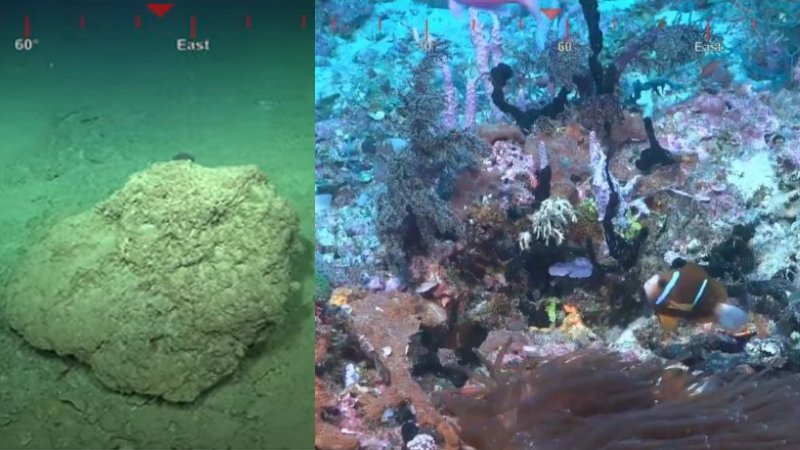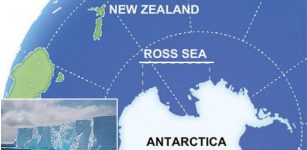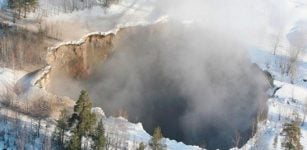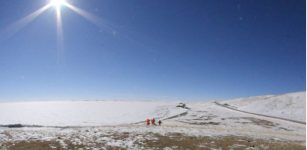Unexplained Period Of Extreme Cold In Ancient Rome Was Caused By Alaska’s Okmok Volcano
Don Wood – MessageToEagle.com – Around the time of Julius Caesar’s death in 44 BCE, written sources describe a period of unusually cold climate, crop failures, famine, disease, and unrest in the Mediterranean Region impacts that ultimately contributed to the downfall of the Roman Republic and Ptolemaic Kingdom of Egypt.
What caused this extreme weather?
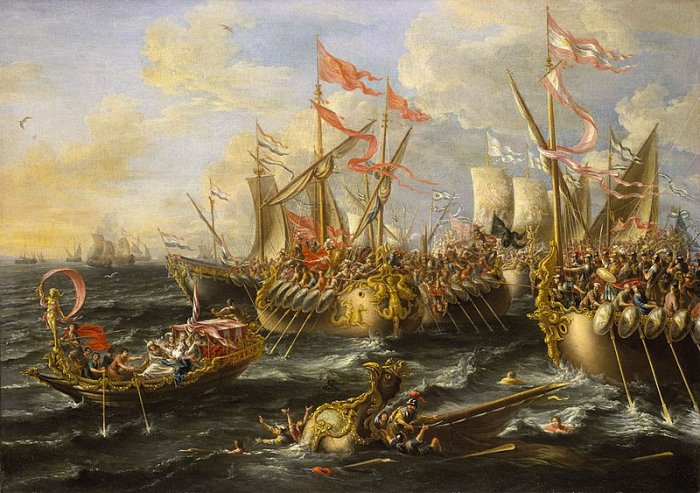
Anachronistic baroque painting of the battle of Actium by Laureys a Castro, 1672. Credit: Public Domain
Scientists and historians have found evidence connecting an unexplained period of extreme cold in ancient Rome with an unlikely source: a massive eruption of Alaska’s Okmok volcano, located on the opposite side of the Earth.
In a new study published this week in Proceedings of the National Academy of Sciences (PNAS), a research team led by Joe McConnell, Ph.D. of the Desert Research Institute in Reno, Nev. uses an analysis of tephra (volcanic ash) found in Arctic ice cores to link the period of unexplained extreme climate in the Mediterranean with the caldera-forming eruption of Alaska’s Okmok volcano in 43 BCE.
“To find evidence that a volcano on other side of the earth erupted and effectively contributed to the demise of the Romans and the Egyptians and the rise of the Roman Empire is fascinating,” McConnell said. “It certainly shows how interconnected the world was even 2,000 years ago.”
Scientists have been able to to clearly delineate two distinct eruptions. One was a powerful but short-lived, relatively localized event in early 45 BCE and a much larger and more widespread event in early 43 BCE with volcanic fallout that lasted more than two years in all the ice core records.
The research team conducted a geochemical analysis of the tephra samples from the second eruption found in the ice, matching the tiny shards with those of the Okmok II eruption in Alaska – one of the largest eruptions of the past 2,500 years.
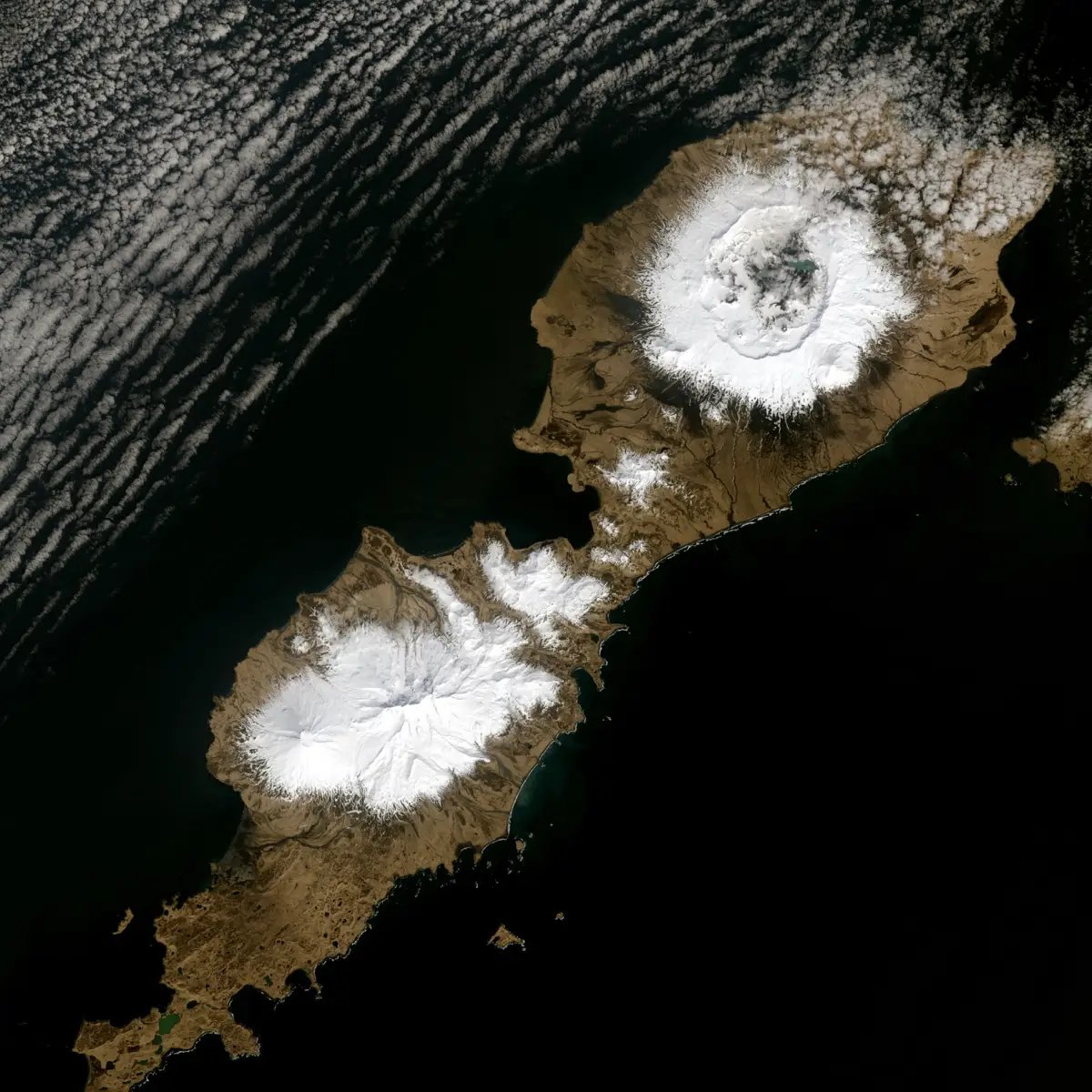
Alaska’s Umnak Island in the Aleutians showing the huge, 10-km wide caldera (upper right) largely created by the 43 BCE Okmok II eruption at the dawn of the Roman Empire. Landsat-8 Operational Land Imager image from May 3, 2014. Credit: U.S. Geological Survey.
“The tephra match doesn’t get any better,” said tephra specialist Gill Plunkett, Ph.D. from Queen’s University Belfast. “We compared the chemical fingerprint of the tephra found in the ice with tephra from volcanoes thought to have erupted about that time and it was very clear that the source of the 43 BCE fallout in the ice was the Okmok II eruption.”
researchers then conducted a geochemical analysis of the tephra samples from the second eruption found in the ice, matching the tiny shards with those of the Okmok II eruption in Alaska — one of the largest eruptions of the past 2,500 years.
“The tephra match doesn’t get any better,” said tephra specialist Gill Plunkett, Ph.D. from Queen’s University Belfast. “We compared the chemical fingerprint of the tephra found in the ice with tephra from volcanoes thought to have erupted about that time and it was very clear that the source of the 43 BCE fallout in the ice was the Okmok II eruption.”
Although the study authors acknowledge that many different factors contributed to the fall of the Roman Republic and Ptolemaic Kingdom, they believe that the climate effects of the Okmok II eruption played an undeniably large role – and that their discovery helps to fill a knowledge gap about this period of history that has long puzzled archaeologists and ancient historians.
“People have been speculating about this for many years, so it’s exciting to be able to provide some answers,” McConnell said.
Written by Don Wood – MessageToEagle.com Staff





